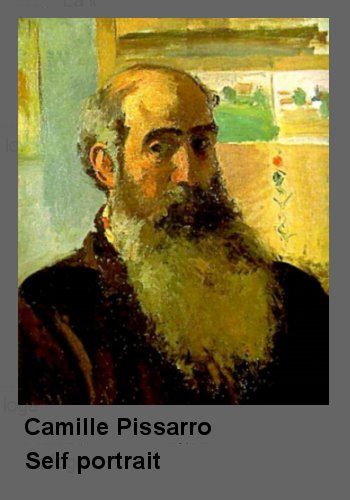Why do a Critique?


Why ask someone else?
Artists tend to possess two characteristics. Firstly they are perfectionists and are often highly critical of themselves. Generally speaking this is not a bad thing. As the great man himself once said….

On the other hand, sometimes we are overly critical of our work and another person’s assessment can inject some objective balance into our critique.
The second characteristic is that artists often fail
to see the obvious. Inviting another person to assess your artwork can
be quite a revelation. They will often spot errors (and successes)
which you completely miss. If you cannot find anyone suitable then it
is a good idea to hide your painting away for a few weeks; you’ll be
surprised what you see with a fresh eye. Here is one famous artist’s
experience …
Summary
If you take the time to do a formal critique after each of your portrait paintings, making sure that you record your thoughts, your art will progress much faster.Did you like this page?
Copyright Fiona Holt, 2024
